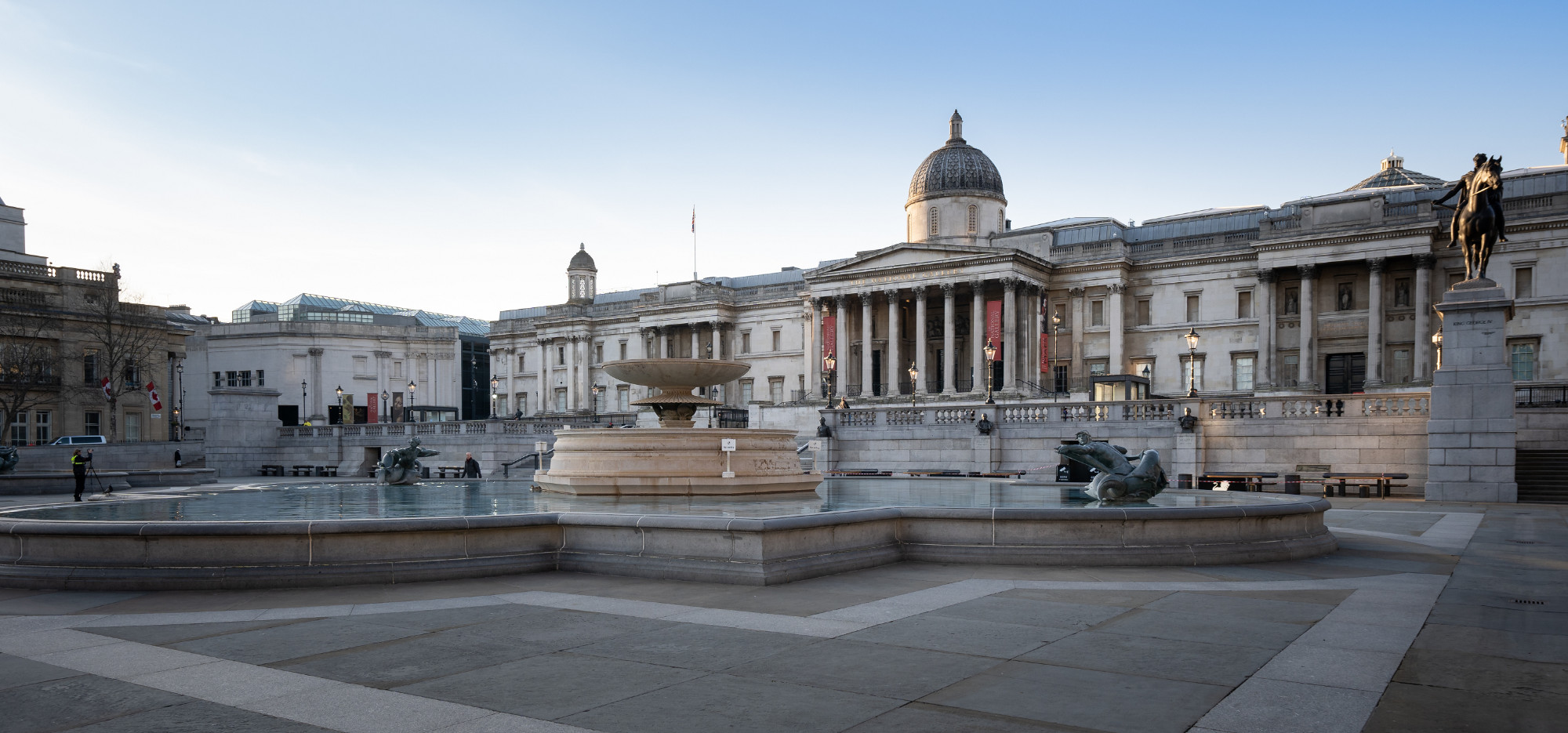There’s a well-known test they give to students at the Virginia Military Institute in Lexington: imagine you are in charge of a regiment in active combat, one wing of your line is holding out and the other is failing and you have a small corps of reinforcements available. You can only deploy the reinforcements to one wing or the other; where do you put them: on the failing part of the line or on the section that is holding out?
It’s a question economists like to ask as well because the answer is telling: the answer is that you deploy every last man of the reserve to that part of the line that is succeeding. The segment of any organisation (be it a business, an army or an economy) that is succeeding will, all other things being equal, make better use of limited resources than those segments which are doing less well.
And it’s a lesson that the Indian Government seems to have taken to heart when it comes to its plans for infrastructure spending.
As we have pointed out on this site in the past, the sums already being committed to infrastructure spending on the subcontinent are giddying in themselves; billions are devoted to new road and rail projects, new port facilities, new metro links and an ever expanding network of communication hubs all across the country. So where will you deploy new government spending in that context?
You’ve got it; you use it to fund more infrastructure projects.
The Union Budget delivered earlier this month has allocated an additional Rs 3.96 Trillion to new Infrastructure Projects with the avowed intention that this will act as a catalyst for further economic activity across India (which it will) and in the process, the new spending will create more longer term job opportunities.
Manish Aggarwal of KPMG India could barely contain his enthusiasm:
“ The Budget will augment the already well-established mode of using fiscal spend to boost the infrastructure segment of the economy: with a focus on creating an integrated transportation network, railways, metro links and multi-modal transport as well as highways. It is transformational and can take growth into the next orbit”.
It’s worth pointing out that for the transport sector alone, the Government has made provision for an additional Rs 2.41 Trillion worth of spending in 2017; Rs 64,000 crore of that being committed to new highway construction.
And in the Aviation Sector, selected airports in Tier-II cities have been proposed for development on a PPP Model, working in conjunction with the private sector and wholesale lending institutions, so as to complement existing connectivity plans. The Airports Authority of India Act will also be amended to enable monetization of the Authority’s existing land assets for the purpose of raising yet more additional funding for these new ventures.
On conventional macroeconomic theory, every rupee spent on infrastructure projects of this kind will be multiplied exponentially through the demand chain; ramping up the already significant impact of such enormous programs on the economy at large. Keynes wrote that if nothing else was working an economy could be revitalised by paying one group of people to bury cash in bottles and another group to dig it up and spend it. How much better is it to achieve the same result through infrastructure projects that will take the whole of India forward; that will facilitate further and more invasive investment and which will give a boost to demand across the whole of the subcontinent as new jobs are created.
So where would you deploy your reserves?
Red Ribbon CEO, Suchit Punnose said:
I have always taken the view that the real test of the health and buoyancy of an economy is the state of its infrastructure spending; because so much depends on getting that right: jobs, public services, future growth and current tax yields, they are all to a greater or lesser extent dependent on a robust and sustained public spending program and the core of any public spending program should be the nation’s infrastructure. So in my view, India is getting it right when it decides to channel such a large part of its available public funds to the infrastructure segment of the economy.
And as the article points out, the government’s current infrastructure programs and the sheer scale of ambition, augers well for the future of the whole Indian Economy. Solid current investment ought to breed future demand and future consumption and that means more jobs and more growth in the longer term and that has to be good for India. However we must also recognise that economic growth and human progress are not necessarily the same; the opportunity for infrastructure development is staggering, but so too is the innovation challenge of achieving this sustainably. Get both right and we’ll align economic growth with human progress and it’s a salutary reminder.that investment decisions must be focused accordingly.




